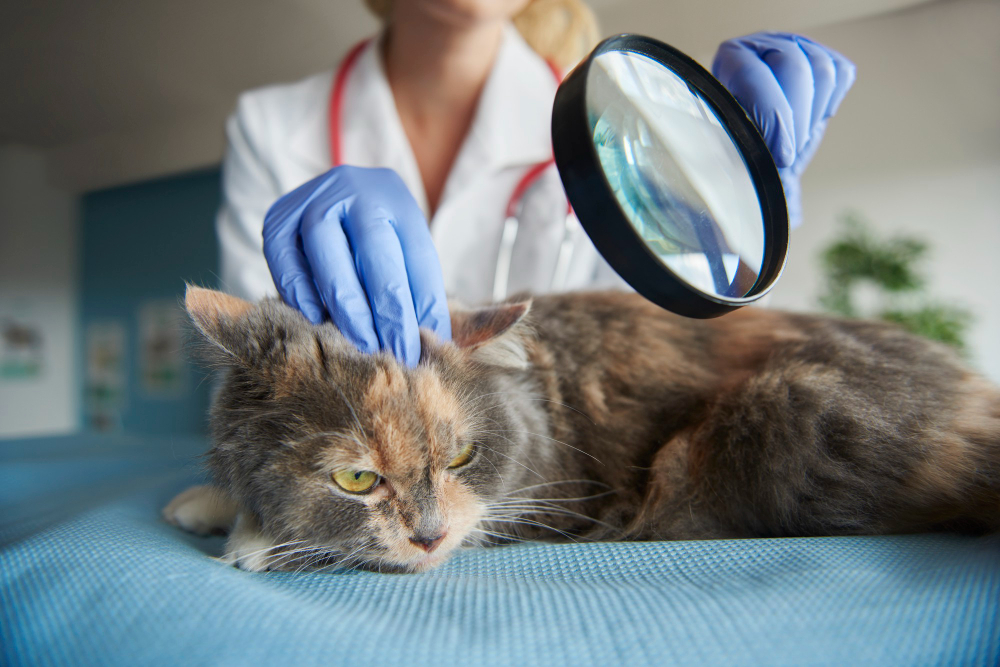Veterinary Services
Upper RespiratoryInfections

Upper Respiratory Infections
Perhaps one of the most frequently diagnosed feline problems, upper respiratory infections can be a huge problem for our pet’s.
Infection often causes sneezing, runny noses, runny eyes, fever, congestion, and/or ulcers in the mouth, nose, or eyes. Any pet can be affected by this highly contagious infection.
The most common causes are herpesvirus and calicivirus. Sometimes affected pet’s are infected with more than one “bug” at a time.
Most of the time the infection will run its course over a period of 7 to 10 days. Many pet’s will not require treatment, however, if congestion becomes severe enough to where the animal cannot breathe, a high fever develops, or there is a loss of appetite, medical attention is required. Because infections are typically viral, no antibiotic is effective against the infection, however, other supportive treatments may be prescribed or recommended.
Prevention and mitigation
Unfortunately, even once a pet recovers, those that have been infected with herpes virus will continue to be infected for the rest of its life. This means that during periods of immunosuppression (stressful events such as boarding, surgery, or moving), a new upper respiratory infection may rear its ugly head.
So how can you prevent these infections? Vaccination is a powerful tool. Over 90% of these types of infections are caused by agents that are included in a routine distemper vaccine. Also, use caution when bringing new animals into the household.
